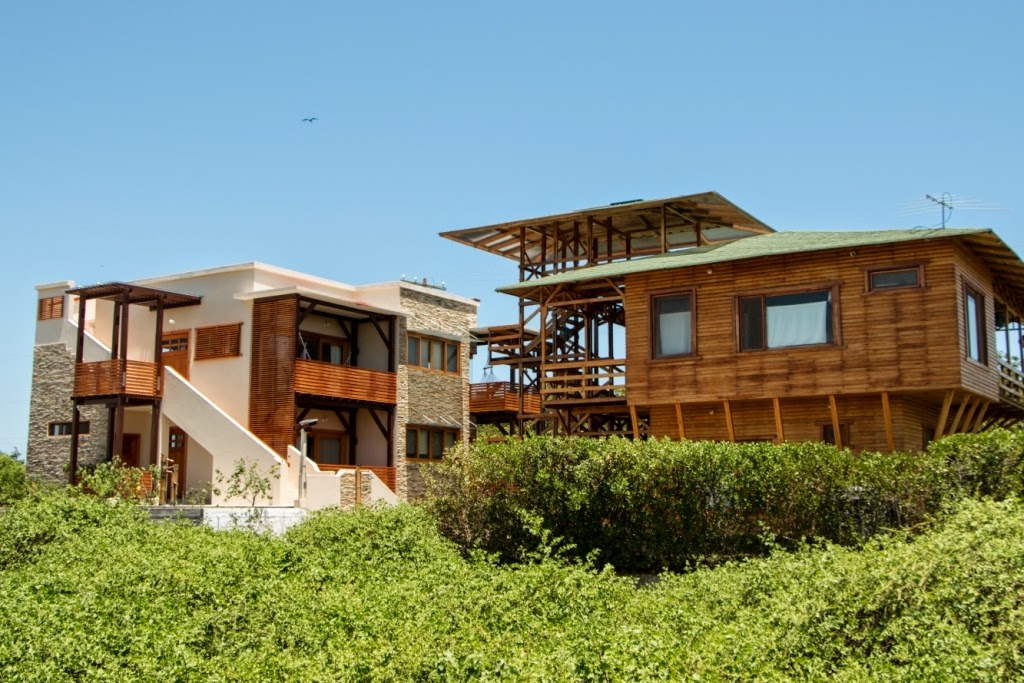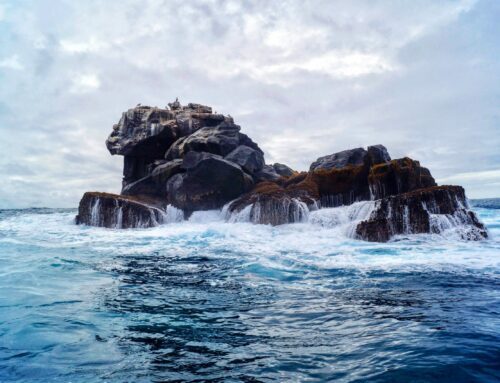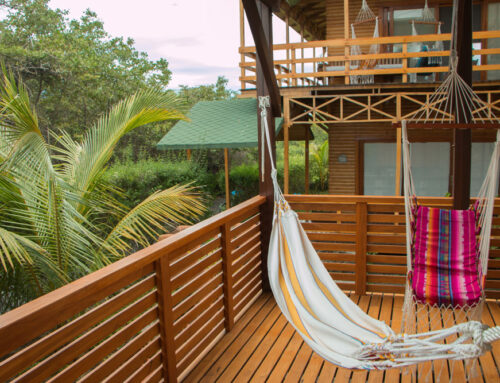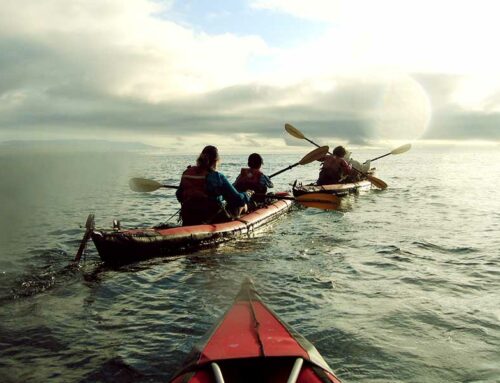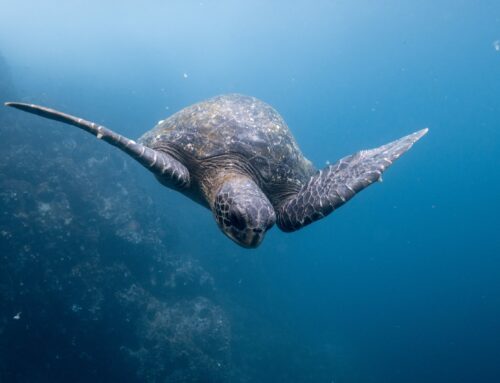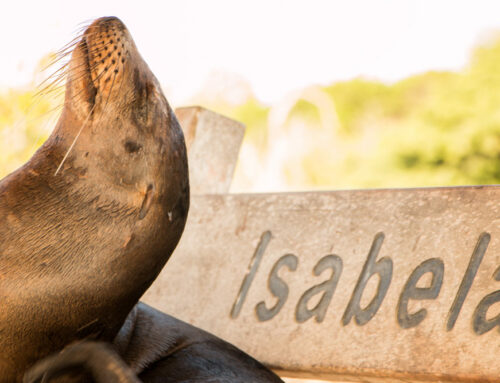The Galapagos Islands are home to diverse and endemic wildlife, including giant tortoises, marine iguanas, blue-footed boobies, Galapagos penguins, sea lions, and many other species of reptiles and mammals. The isolated archipelago in the Pacific Ocean has provided a unique opportunity for the study of evolution and biodiversity. In this article, we specifically look at some of the amazing native Galapagos birds and those which draw in bird watchers from across the world.
Galapagos birds
The Galapagos Islands are renowned for their diverse bird populations. In fact, 56 native species are present year-round, 45 of which are actually endemic to the archipelago (found nowhere else in the world!). Species like the blue-footed booby, Galapagos penguin, and albatross on the islands are classified into land, shore, or sea birds.
In addition to the 56 birds in the Galapagos Islands, there are an additional 29 species of migrant birds which can be considered both native and/or migratory!
The unique environment and isolation of the Galapagos has made it a crucial location for the study of evolution and biodiversity, and a must-visit destination for bird watchers and nature enthusiasts alike. In this article, we talk about eight species of Galapagos birds and why they are worth the trip to the beautiful islands this year!
8 Galapagos birds to see during your stay
Waved Albatross
The Waved Albatross (Phoebastria irrorata) – also known as the Galapagos Albatross – is a large, majestic bird found in the Galapagos Islands. It is the only member of the family, Diomedeidae, located in the tropics. With a weight of up to five kilograms and a wingspan of up to 2.5 metres, it is one of the largest birds in the archipelago.
This migratory bird is only found on Española Island, where it breeds between April and December. Rarely, it may also be seen on Isla de la Plata and Genovesa Island. The Waved Albatross mates for life and both parents help care for their offspring.
Unfortunately, the waved albatross is critically endangered. Conservation work on the islands is carried out to protect the animal and this has improved with the creation of the highly protected national park across the region.
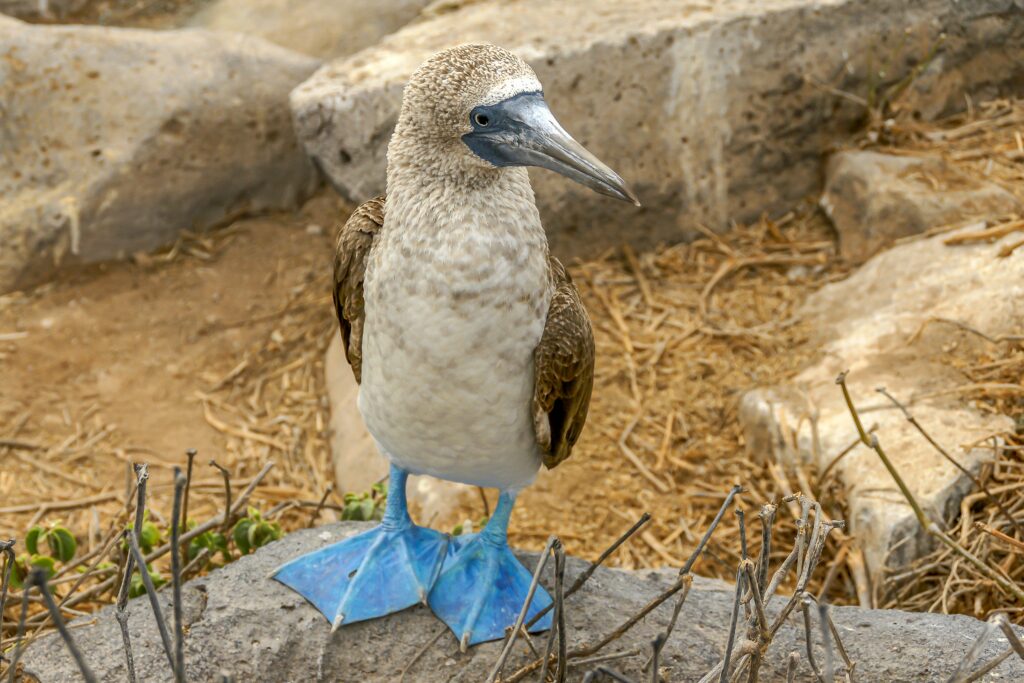
Blue-footed Booby
The Blue-footed Booby (Sula nebouxii) is a well-known and iconic bird of the Galapagos, named for its blue feet. “Bobo,” meaning “clown” in Spanish, may refer to their clumsiness or perhaps their fearless behaviour towards humans. These birds are mostly unafraid due to the absence of natural predators on the Galapagos Islands. They often spend time on land and nesting in plain sight.
Seymour Island is a major breeding ground for blue-footed boobies, where visitors must be mindful of the many nests on the ground. Their most fantastic feature is of course their feet! Interestingly, the blue colouring of these beautiful birds is a product of their diet. Males display their feet in an elaborate mating ritual. Lifting them up and down while strutting before the female, they work to attract their mate.
Galapagos Hawk
The Galapagos hawk (Buteo galapagoensis) is a unique bird species found exclusively in the Galapagos Islands. Positioned at the top of the terrestrial food chain, the bird is an excellent hunter. This beautiful species of hawk is closely related to North America’s red-backed and white-tailed hawks, with similar features. It is one of the world’s rarest raptors, with an estimated population of just 150 breeding pairs.
The Galapagos hawk’s diet consists of insects, giant centipedes, rodents, and even small reptiles, including baby tortoises, sea turtles, and iguanas. Displaying unusual mating behaviour, the female hawks have multiple mates simultaneously, with all the male mates assisting in caring for the eggs and young.
Galapagos Penguin
The Galapagos penguin (Spheniscus mendiculus) is certainly unique; it is the only penguin species that inhabits the Northern Hemisphere! Plus, the bird is also the second-smallest penguin species on Earth. The chilly waters of the Humboldt and Cromwell Currents allow it to survive regardless of the warm and tropical latitude. Bird watchers and wildlife lovers will therefore not want to miss a sighting of this incredible penguin.
With a population of around 2,000 individuals, the penguins are endangered. The majority of penguins reside on Fernandina and Isabela Island and they breed year-round and make their nests in caves. Make sure you visit one of these islands to catch a glimpse!
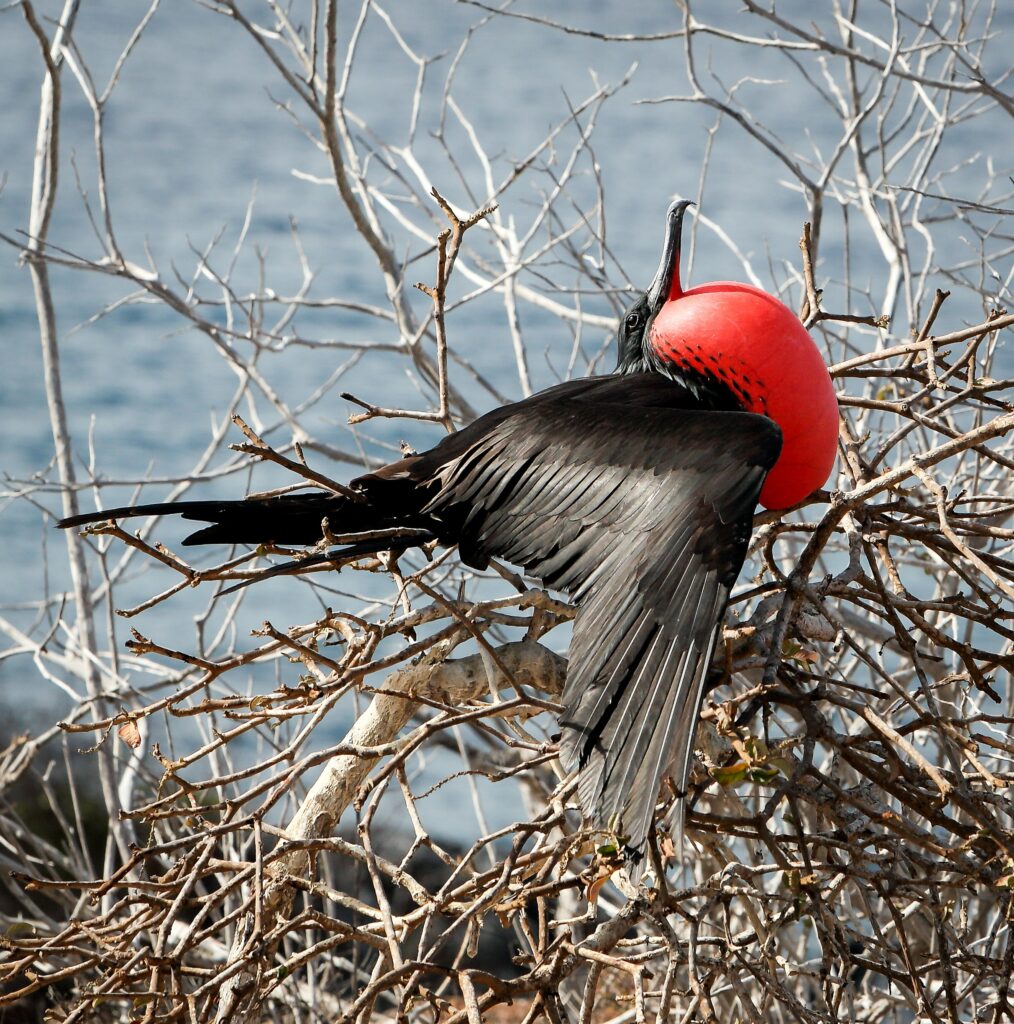
The Frigate Bird
The magnificent frigatebird (Fregata magnificens) has various names, including “pirate bird” and “man-o’-war”. It took these names from Spanish sailors, who dubbed it as such for its stealing habits – specifically of food – from other birds. Darwin actually referred to it as the “condor of the oceans” due to its long wingspan and capability of staying in the air for days. Watching a frigate bird float in the air is quite incredible, with its nimble ways and ability to steal food from other birds in midair.
With a wingspan that matches the waved albatross, the frigate bird has the largest wingspan proportional to body size of any bird. Known for its aerial acrobatics it delights birdwatchers who visit from across the world. During mating season, the male inflates its red pouch to court females – its most iconic feature.
Flightless Cormorant
The flightless cormorant is a native Galapagos bird, notable for its inability to fly. Despite having wings (that have become short and stubby remnants), the bird lives and remains on the ground. Instead of flying, the flightless cormorant swims, and it swims very well. Navigating currents and tides expertly, the birds expertly find food underwater. As land based birds, they are confined to the lava shoreline and beaches of Isabela and Fernandina. Currently there are around 1,000 breeding pairs of flightless cormorants on both Isabela and Fernandina islands.
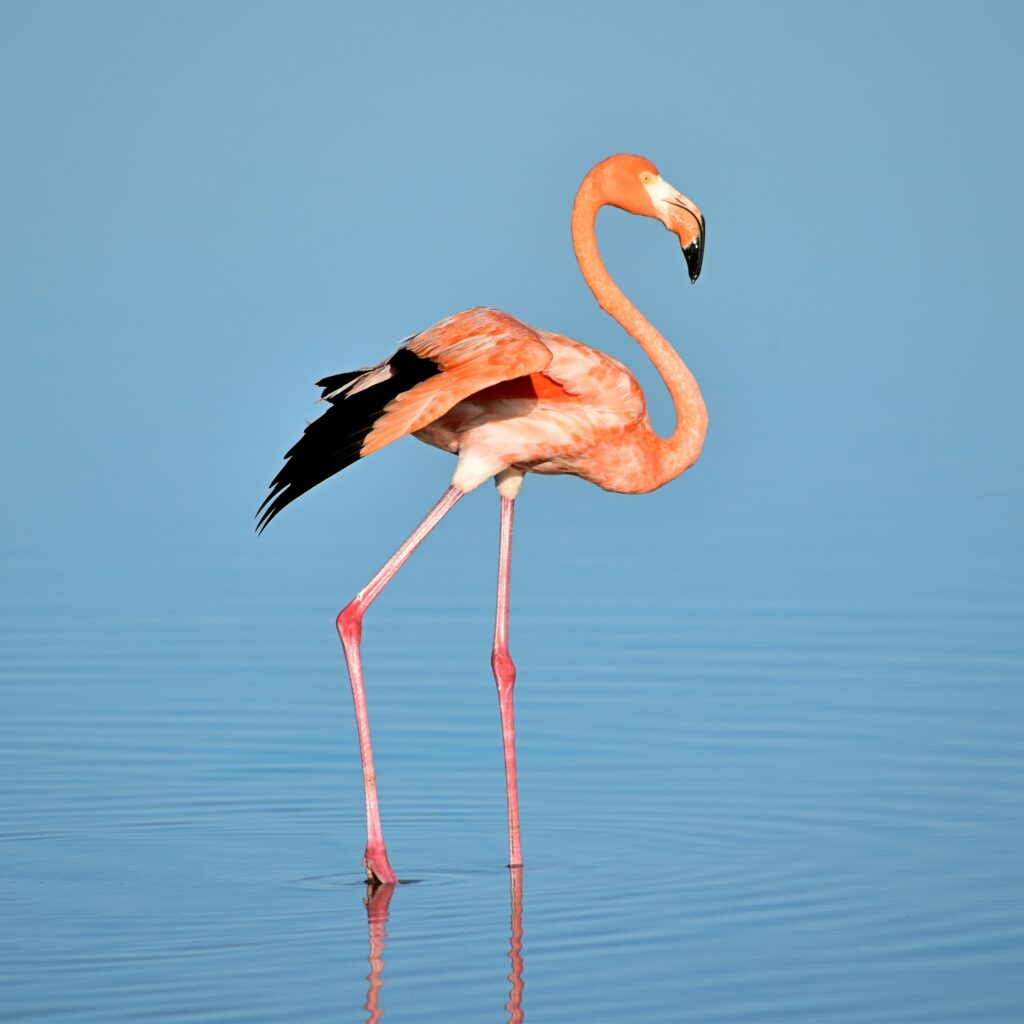
Galapagos Flamingo
The Galapagos flamingo (Phoenicopterus ruber) is the rarest flamingo species in the world, with only 320 to 350 individuals remaining on the islands. Hence, the birds are unfortunately considered endangered. Residing in saltwater lagoons close to the ocean, they feed mainly on brine shrimp, using a unique filtering method. Galapagos flamingos are large and brilliantly coloured, somewhat closely related to the Chilean flamingo.
Residing in the salt-water lagoons hidden in the lava fields behind the coast of the islands, Galapagos flamingos usually lay only one egg at a time. Both male and female take turns incubating the egg by sitting on it. Because there are no mating seasons, chicks hatch throughout the year.
Darwin’s Finches
There are 13 species of Darwin’s finches found in the Galapagos Islands, which are collectively famous for their interesting evolutionary history. Darwin’s finches, named after Charles Darwin, are small land birds. Once the original species arrived to the islands Galapagos, they later diversified and adapted to the different environments found on the varying islands. Eventually, this resulted in 13 different species. With different beaks (suited to different food types such as large seeds and invertebrates), they occupy different niches.
For instance, the large ground finch (Geospiza magnirostris) has a big beak for cracking seeds and the small tree finch (Camarhynchus parvulus) has a small beak for hunting insects. The sharp-billed ground finch (G. difficilis), also known as the “vampire finch”, is a parasitic species that feeds on the blood of other birds.
Accommodation for bird watchers!
During your stay on Isabela Island, end a day of bird watching with a stay at Chez Manany Galapagos Ecolodge. The sustainable accommodation offers guests with the chance to connect with an authentic Galapagos culture, whilst protecting the environment. Family-owned and built, the property offers luxury rooms for short and long stays.
For more information, visit Chez Manany’s website.
